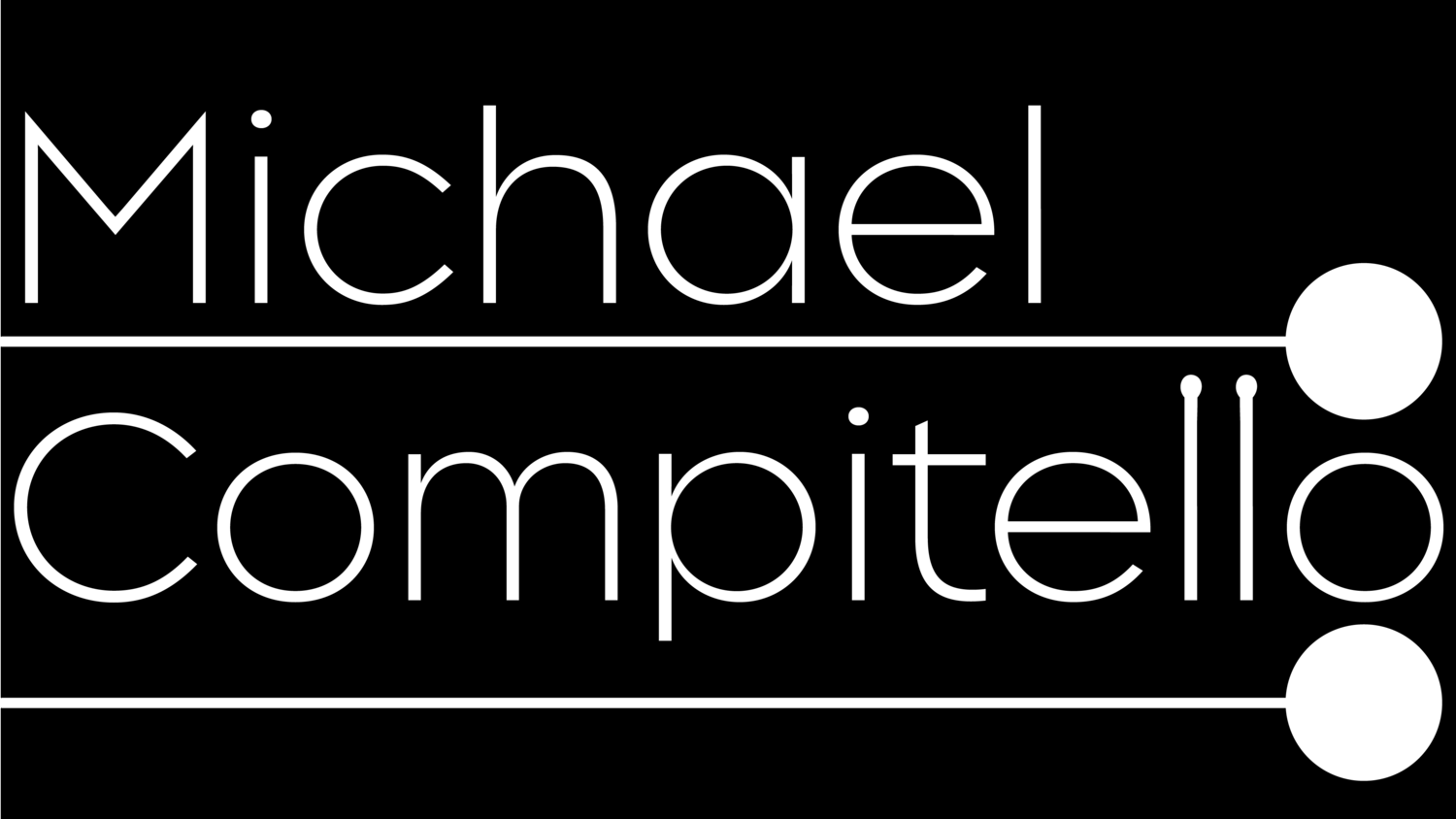Unsnared Drum takes PASIC
It’s been so long since I penned an update. Too much doing, too little reflecting; too much preparing and not enough publicizing. While I am excited about recent projects (Robert Honstein’s Lost and Found, Matthew Barnson’s new album, Thomas Kotcheff’s new piece for NMC) and upcoming ideations, Unsnared Drum has taken center stage.
This weekend, I’m bringing our little snare drum project to the biggest percussion gathering in the world. PASIC is loud in every sense of the word, and I’m really excited to bring these four fantastically innovative works to our percussion community.
Julia Breitberg has designed a killer program (check out this COVER):
Designed by Julia Breitberg
I wrote a preview article for PAS Rhythm Scene, And I’ve written some program notes, which I’m sharing below. See you there, and stay tuned for more info about upcoming UD shows.
About Unsnared Drum
Unsnared Drum is a project dedicated to pushing the limit of what is possible with the snare drum. Over the past two years, four of America’s most esteemed and dynamic composers—Nina C. Young, Hannah Lash, Tonia Ko, and Amy Beth Kirsten—have collaborated with me on new works for solo snare drum. We chose the title because our mission was to reframe how people think about, perform, and practice the snare drum; to free the drum from its historical and idiomatic chains while challenging the the instrument’s capacity for subtle and refined expression.
The center of my artistic practice is incubating and catalyzing new work, working over extended time frames with composers and artists I admire and whose friendship I value. To a large extent, Unsnared Drum is as much about process and community building (the natural extension of musical collaboration) as it is new music. In addition to loving Amy, Tonia, Nina, and Hannah’s music, I’m fortunate to have worked frequently with them, and had a feeling that our friendship and previous working experience would engender a dynamic and creative collaboration. I sent each composer a drum and a selection of implements, and we spent years workshopping ideas.
Amy, Nina, Hannah, and Tonia certainly have wonderfully unique compositional voices. Their music is united, however, by their craft, curiosity towards sound, theater and space, and willingness to create new practices and techniques to serve dramatic purposes. Although none had written for solo snare drum, they all write boldly and creatively for percussion in other solo, chamber, and large ensemble contexts. While Unsnared Drum’s throughline is our collaborative efforts—workshop sessions, notational experiments, sonic adventures—each of the works explores a unique element of the snare drum’s personality.
Nina Young’s Heart.throb inverts our conception of what constitutes percussive skill in an ear-opening exploration of the snare drum’s unsung melodic and harmonic capacity. Fitting the drum with a transducer and a contact microphone, Nina broadcasts beating sinusoids through the instrument, creating an undulating bed of sound. By pressing into the head and exploring different locations on the rim, the performer filters these tones to create singing melodies and rich harmonies. Throughout the piece, the musical characteristics most associated with percussive virtuosity—fast, fleet stickings—are confined to the rim and re-contextualized as triggers for the work’s harmonic movement.
Virtuosic, rhythmically alive, and uncompromising, Hannah Lash’s music draws upon a rich harmonic palette and a clarity of form, blending melodic nuance with relentless rhythmicity. Start is based on a handful of sharp, polythmic motives which are continuously, obsessively, tenaciously, and explosively developed. Interested in how the timbre might elucidate a monomaniacal, motivically-oriented piece, Hannah uses many implements (brushes, hands, chopsticks, and metal beaters in addition to sticks) to help delineate formal guideposts amid a steady barrage attacks.
Amy Kirsten’s work is full of melodic invention, otherworldly sounds and hypnotic rhythms. A composer, director, singer, writer, and visual artist who highlights the theater present in music performance, she uses percussion with stunning creativity, often used as integral parts of large-scale staged works. For her Ghost in the Machine, Amy and I found a ghosty language of sounds—a hidden snare language—manipulating the tautness of the snare head, preparing the drum with a variety of accessories, and striking the instrument using different kinds of sticks and mallets. When Amy deploys these colors in an alluring, colorful groove.
Tonia Ko’s music has an incredible ability to create inventive and deeply expressive moments which link inspiration, form, content, and performance practice. She invents new techniques which emerge organically from the physical gestures and textures associated with playing instruments. In her Negative Magic, Tonia reimagines the snare drum, revealing a world of harmonic and timbral complexity on the drum by loosening control—literally. By tuning each tension rod of the drum to a slightly different (but very low) pitch, Tonia is able to create chords, or multiplicities of pitches within different areas of the drumhead. After gradually becomes attenuated to the complexity of the drum’s sound through a series of seamless, hyper-nuanced sonic adventures: a ritualistic introduction which explores the drum’s pitch range; a quirky conversation between the head and a combination of dryer sounds from the rim, lug casings, and shell; a series of sonic waterfalls, where pitch descents are coupled with transitions from dry to wet timbre; and a series of explosions where extraordinarily loose snare wires jangle amidst a burst of accents.
I started this project with the goal of reinventing the snare drum, and I couldn’t have asked for more interesting and inspiring results. Interesting is too weak a word, because these works stretch my musicianship, challenge my assumptions, and drive me to open my ears and develop my technique in ways I could have never imagined. Each work treats the drum as a valid medium of musical expression, worthy of our time and energy. These pieces are full of wit, sass, vitality, and gravity: they expand the melodic and harmonic profile of this instrument, and they do so with a grace and honesty that belies their rigor. I’m honored to present them.
-Michael Compitello

